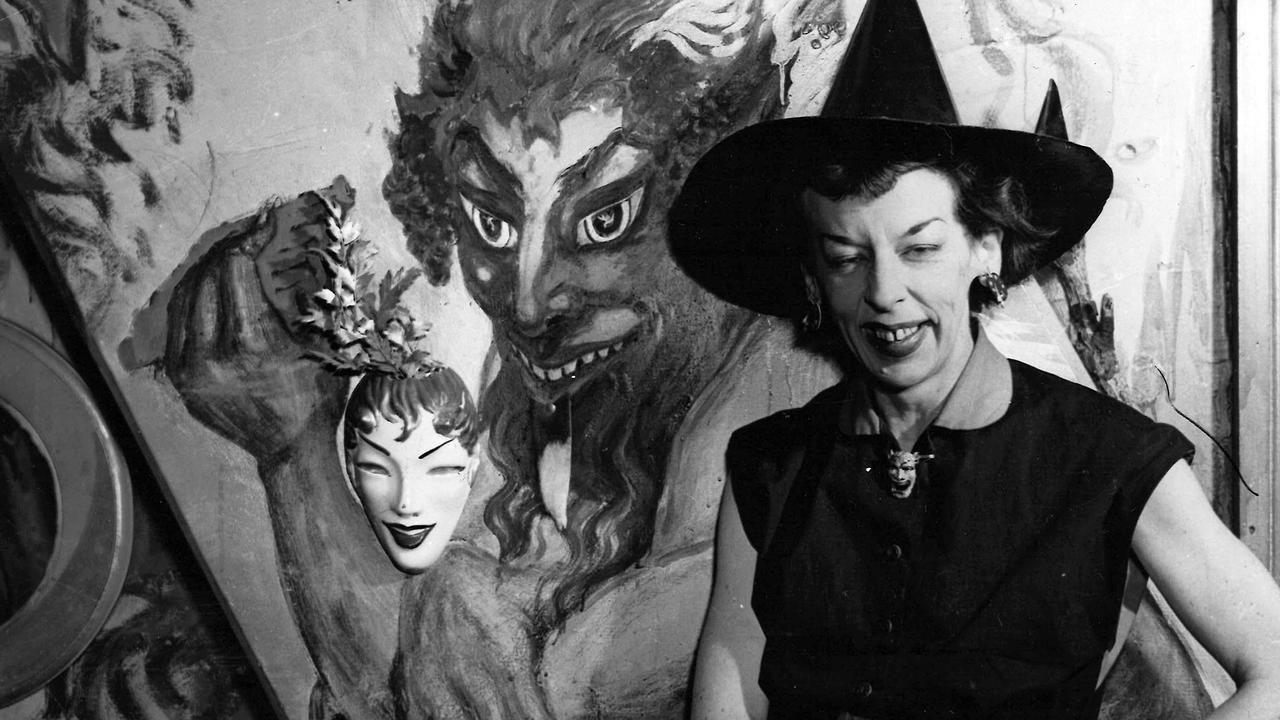The boy from Rochester who became the world’s greatest endurance cyclist
When Hubert Opperman had his chances of winning a famous French race sabotaged the outcome made him a worldwide sensation.

In Black and White
Don't miss out on the headlines from In Black and White. Followed categories will be added to My News.
Hubert Opperman was as famous as Don Bradman or Phar Lap in his day, and it was a man named Small with big dreams who first set the wheels in motion.
Savvy young entrepreneur Bruce Small was running a little bike shop called Malvern Star, on Glenferrie Rd in Malvern, when he discovered the talented teen cyclist.
It was a partnership that helped propel “Oppy” to international stardom as an endurance cyclist, with wins in France and epic rides from coast to coast in Australia.
Opperman is the subject of the 107th episode of the In Black and White podcast on Australia’s forgotten characters:
In one 24-hour, 1000km ride in Sydney in 1940, the Rochester-born cyclist set an astonishing 100 distance records – including many that remained unbroken for decades.
State Library Victoria senior curator Carolyn Fraser says the 1920s and 1930s were Australia’s golden age of cycling in good part thanks to Small, Opperman’s tireless promoter.
“Bruce was known as being ‘commercially clairvoyant’,” Ms Fraser says.
“He was an entrepreneur, he was really a showman, he had just a brilliant sense of marketing his business.”

Before going on to make a fortune from his booming bicycle brand and property development, Small recognised a star in the making and took 17-year-old Opperman under his wing.
Ms Fraser says Small relentlessly promoted cycling by sponsoring events and riders and by bringing cycling into people’s homes via live radio broadcasts.


Opperman became a sensation the world over but particularly in France, after he won a race called the Bol d’Or in 1928.
Ms Fraser says his bicycles were sabotaged – the chains had been filed down – and he lost 17 laps to the leader, yet managed to scrape back the lead and win. But he didn’t stop there.
“The French spectators went crazy for that, but after he won Bruce Small convinced him to keep on going and try to win the 1000km track record,” Ms Fraser says.
“So he got back on the bicycle and he rode for another hour and 19 minutes in order to break that 1000km record.”


In 1931 Opperman became the world’s greatest endurance cyclist when he broke the record to win the 1162km non-stop Paris-Brest-Paris tour.
When he broke the Kalgoorlie to Perth record in 1933, 50,000 people greeted him in Perth and he climbed a ladder onto a shop veranda to address the crowd.

After Opperman cycled from Sydney to Melbourne in 1937, crowds blocked traffic from Coburg to the Malvern Star showroom on Elizabeth St, where he arrived after 39 hours and 42 minutes.
Opperman’s cycling career ended in 1940 and he enlisted in the RAAF and served during World War II, before becoming a federal MP for 17 years.
He rode a bicycle until his 90th birthday, and died in Melbourne in 1996 aged 91.
Listen to the interview about Hubert Opperman with Carolyn Fraser in the In Black and White podcast on iTunes, Spotify or web.
See In Black & White in the Herald Sun newspaper Monday to Friday for more stories and photos from Victoria’s past.




